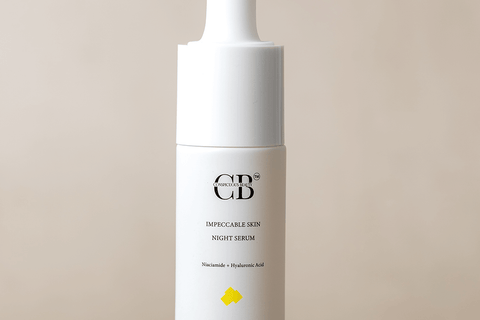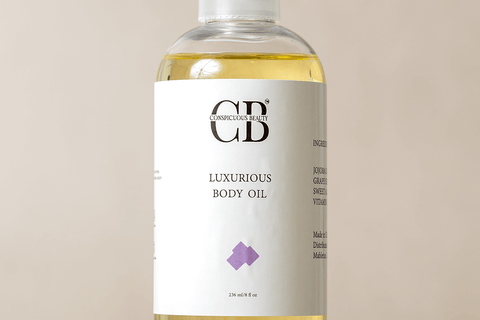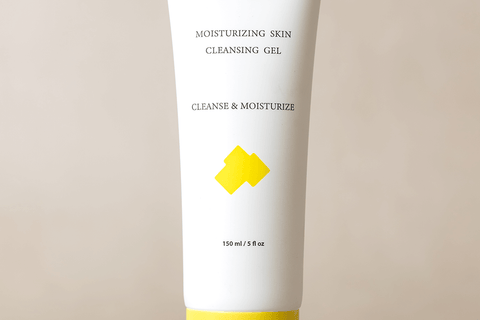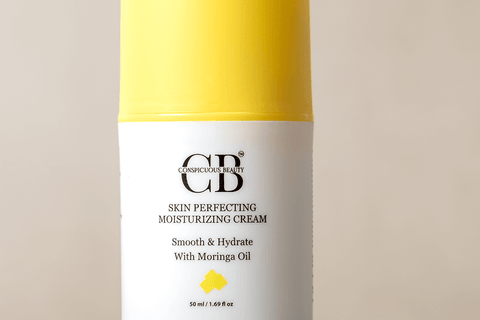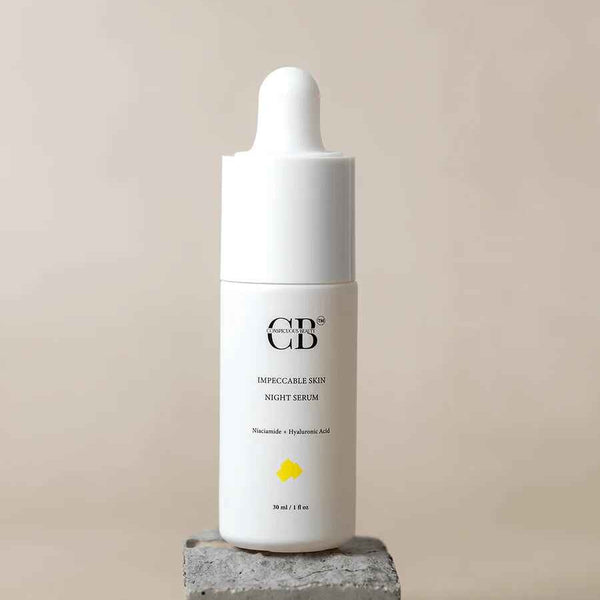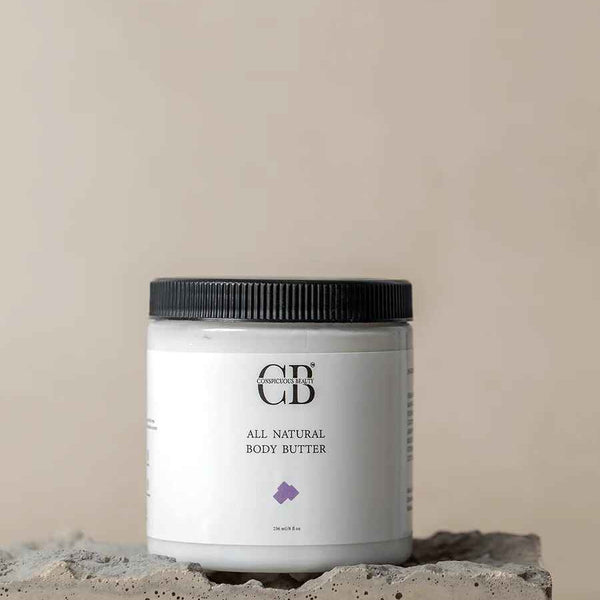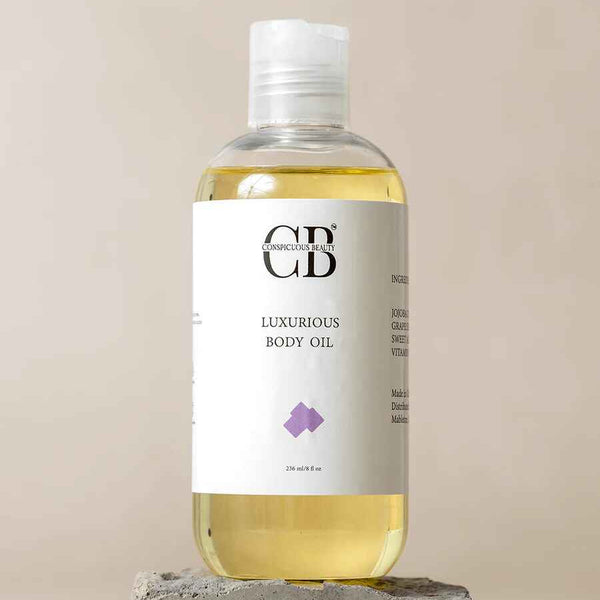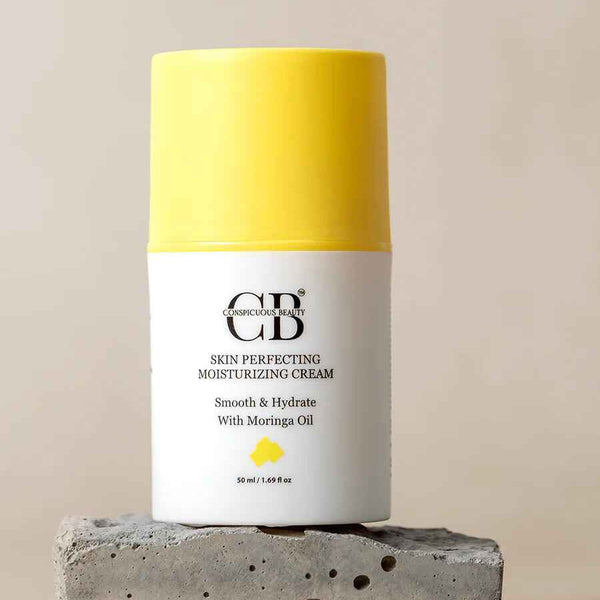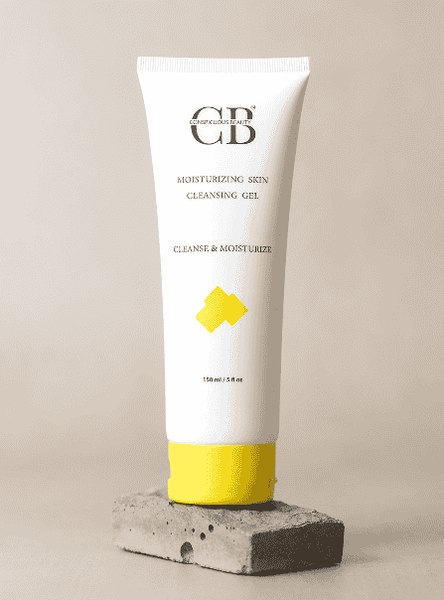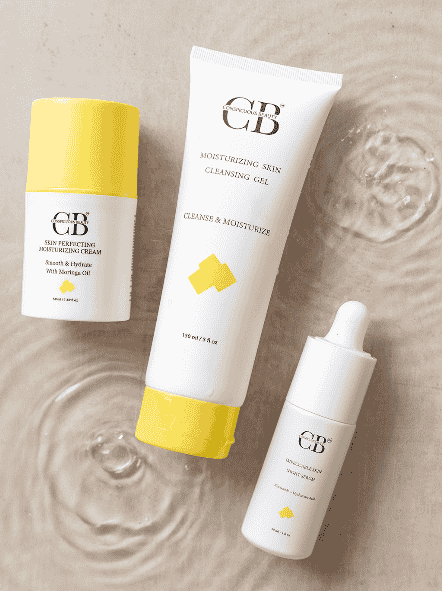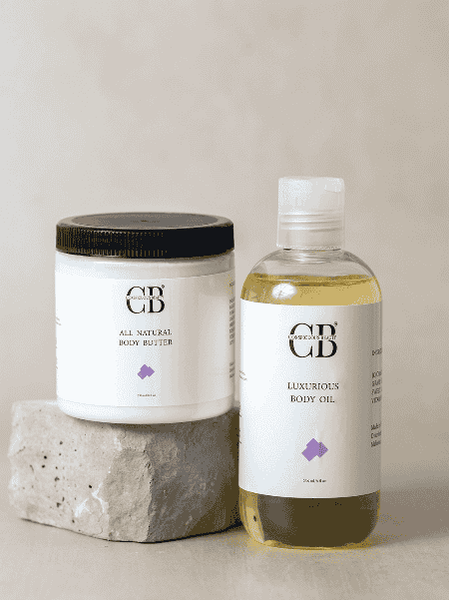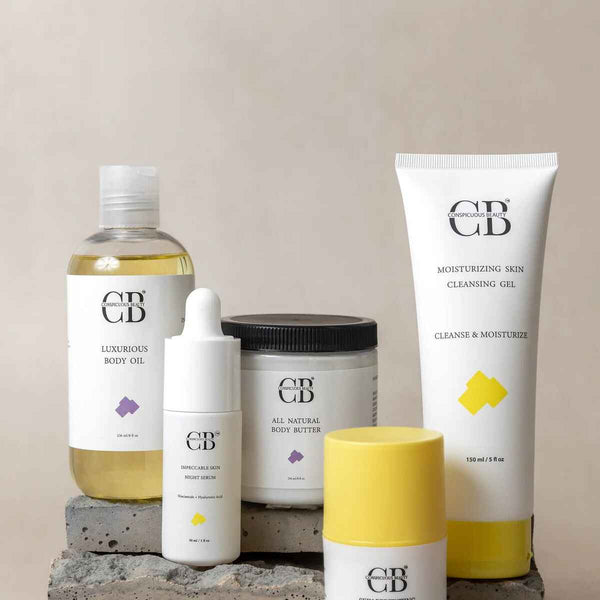Body butter has become an essential part of modern skincare. Compared to regular lotions, it offers deeper nourishment, longer-lasting moisture and better protection against environmental dryness. However, the challenge most people face is determining which body butter is right for their specific skin type. A formula that works beautifully for dry skin may be too heavy for oily skin, while a fragrance that smells wonderful to one person may irritate another. Choosing wisely can make a huge difference in how your skin looks and feels every day.
This guide explains everything you need to know about picking the right body butter, keeping your unique skin needs in mind.
What Makes Body Butter Special
Unlike lotions, which contain a high percentage of water and lightweight ingredients, body butter is made from natural butters and oils such as shea, cocoa, mango, or coconut. These plant-based butters create a protective barrier on the surface of the skin and help lock in moisture for many hours. This makes body butter especially effective for people who experience dryness, flakiness or irritation.
The rich texture does not provide just surface-level hydration, it supports the skin barrier, helps repair damaged cells and can even improve elasticity over time.
How to Identify the Best Body Butter for Your Skin Type
Dry Skin
If your skin feels tight, itchy or flaky, or if you notice rough areas around elbows, knees and heels, you most likely have dry skin. For this skin type, heavy and deeply hydrating formulas are the most effective. Shea butter, cocoa butter, kokum butter and coconut oil are particularly beneficial because they replenish natural lipids and seal in moisture for long hours. They also support healing and prevent moisture loss during cold or dry weather. Many people with very dry or cracked skin find that applying a rich body butter at night provides the best relief and visible improvement by the morning.
Oily Skin
People with oily skin often avoid body butter because they worry it will make their skin greasy. However, oily skin also needs hydration, otherwise it may produce even more oil to compensate. The key is to select a lightweight and fast-absorbing butter. Mango butter, grapeseed oil and jojoba oil are good choices because they provide softening and nourishment without clogging pores. Mango butter, in particular, melts smoothly into the skin without leaving a shiny or sticky finish. Applying a light butter once a day, preferably after a shower, helps balance sebum production and keeps the skin soft without heaviness.
Normal Skin
Normal skin rarely feels too dry or too oily, which means it can enjoy a wide range of body butter blends. A formula that is creamy rather than heavy, rich but not greasy, helps maintain its natural balance. Blends that include shea butter or mango butter with oils like almond, olive or sunflower are ideal for keeping normal skin smooth and radiant. Regular use enhances the skin’s texture and leaves it with a natural glow.
Combination Skin
Combination skin behaves differently in different areas, perhaps the legs feel dry while the back or chest gets oily, or the arms feel normal while the knees and elbows feel rough. For this type, a medium-weight formula works best. Mango butter and shea butter in a lightweight blend provide hydration without clogging pores. Many people with combination skin also prefer to apply heavier body butter only to dry areas, such as elbows and legs, while using a lighter formula on the rest of the body. This approach keeps hydration balanced, especially through changing seasons.
Sensitive Skin
Sensitive skin requires extra care because it can become irritated easily. Redness, rashes or burning after applying skincare are signs of sensitivity. For this skin type, mild formulations are necessary. Pure shea butter is one of the safest and most soothing options because it naturally contains anti-inflammatory compounds. Aloe butter, oat extracts, calendula and chamomile oils are also gentle and calming. It is recommended to choose unscented body butter or products with naturally mild aromas and avoid artificial fragrances or strong essential oils because they can trigger irritation.
Matching Body Butter to Special Skin Concerns
Sometimes your main concern is not your skin type but a specific issue you want to treat. Cocoa butter is widely trusted for improving the appearance of stretch marks and scars because it supports elasticity. Shea butter blended with calendula or oat extract is excellent for people living with eczema, psoriasis or general irritation. If dullness or uneven tone is a problem, a formula containing mango butter along with brightening plant extracts can help create a more radiant appearance. For body acne, lightweight and non-comedogenic butters are best, especially those containing jojoba oil or diluted tea tree oil to help control breakouts without overdrying the skin.

Natural or Commercial: Which Should You Choose?
Both natural and commercial body butters have their advantages. Natural options made from pure plant butters and oils provide deep nourishment and long-lasting moisture, making them ideal for dry, sensitive and normal skin. Commercial body butters often include added ingredients that create a lighter texture and faster absorption, which may feel more comfortable for people with oily or combination skin or for those living in hot and humid climates. The choice depends on your priorities: deep moisture and healing versus lightweight feel and convenience.
How to Apply Body Butter Correctly
Applying body butter correctly makes a big difference in results. The best time to use it is right after a warm shower, when the pores are open and the skin is slightly damp. Taking a small amount and warming it between the palms before spreading helps it melt into the skin smoothly. Massaging in circular motions encourages blood flow and increases absorption. People with extremely dry skin may find it helpful to use body butter twice daily, morning and night, especially during winter.
Helpful Tips Before Buying Body Butter
If you are unsure where to begin, shea butter is the safest and most universal option because it suits almost all skin types. During winter, even those with normal or combination skin may enjoy a richer formula, while lightweight mango butter–based blends are more comfortable during summer or in humid weather. A patch test is always wise when trying a new product, especially for sensitive skin. And finally, body butter works best when paired with a healthy routine, including proper hydration and gentle exfoliation once or twice a week to remove dead skin cells and help the product absorb better.
Conclusion
Choosing the right body butter does not need to feel confusing. Once you understand your skin’s needs, the decision becomes simple. Dry skin requires rich, heavy and deeply hydrating formulas; oily skin benefits from light and fast-absorbing butters; normal skin thrives with balanced blends; combination skin needs formulations that hydrate without heaviness; and sensitive skin deserves gentle and fragrance-free options. Each type of body butter has its own strengths, and when matched to the correct skin type, it brings out the best in your natural complexion.
With consistent use, body butter can transform the skin, making it smoother, softer, more radiant and better protected. It becomes not just a moisturizing product, but a daily act of self-care.
